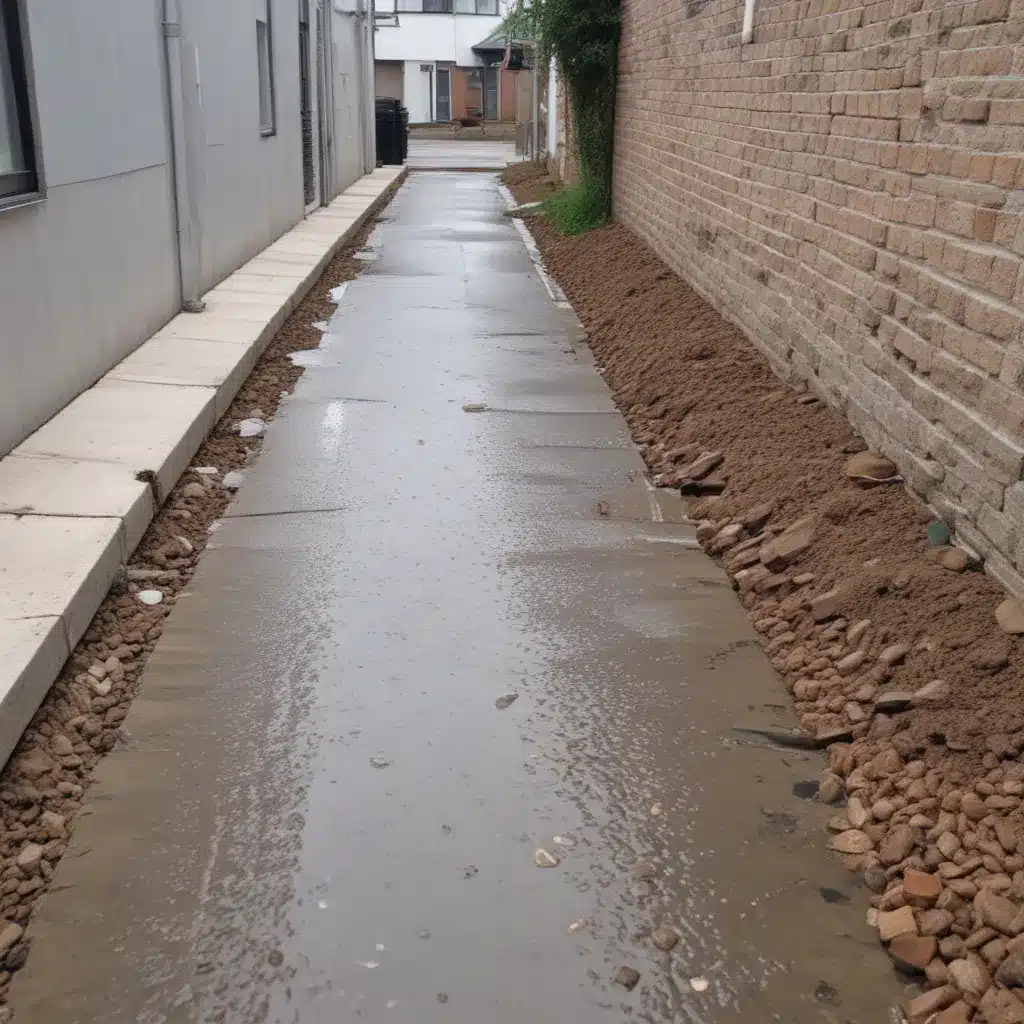
As an experienced flood control specialist, I understand the critical importance of proactive stormwater management in urban environments. Across the world, cities are grappling with the increasing frequency and intensity of flood events driven by climate change. Traditional “grey” infrastructure like pipes and culverts often prove insufficient in the face of these new challenges. However, innovative sustainable drainage systems (SuDS) offer a promising path forward, leveraging natural processes to enhance urban flood resilience.
Sustainable Drainage Systems: Mimicking Nature
At their core, SuDS are designed to mimic the natural water cycle, managing rainfall close to where it falls. Instead of rapidly channeling stormwater into nearby waterways, SuDS employ a range of techniques to slow, store, and filter runoff. This includes features like permeable surfaces, bioswales, rain gardens, and constructed wetlands. By reducing the volume and velocity of urban stormwater, these systems can effectively alleviate flood risks while also providing valuable co-benefits.
The key principles behind SuDS involve:
- Water Quantity: Reducing peak flows and total runoff volumes to minimize flood risks.
- Water Quality: Removing pollutants and improving the quality of stormwater discharge.
- Amenity: Creating attractive, multifunctional landscapes that enhance urban livability.
- Biodiversity: Providing habitat and supporting natural ecosystems within the built environment.
Through this holistic approach, SuDS can evolve beyond mere drainage infrastructure, becoming vital components of sustainable, resilient urban design.
Integrating SuDS into Urban Development
Successful integration of SuDS requires careful consideration of site-specific factors, from topography and soil conditions to land use and development plans. The selection and placement of SuDS components should be tailored to the unique characteristics of each urban catchment.
Common SuDS elements include:
- Permeable Surfaces: Porous paving, permeable concrete, and other materials that allow water to infiltrate the ground rather than running off.
- Bioswales: Shallow, vegetated channels that slow and filter stormwater runoff.
- Rain Gardens: Depressed landscaped areas designed to temporarily store and infiltrate runoff.
- Detention Basins: Depressions that temporarily store excess stormwater, slowly releasing it over time.
- Constructed Wetlands: Shallow, vegetated areas that mimic natural wetland ecosystems to treat and attenuate runoff.
By incorporating these features strategically, urban planners and designers can minimize the strain on traditional “grey” drainage infrastructure while providing a range of co-benefits. For example, bioswales and rain gardens not only reduce flood risks but also enhance urban aesthetics, promote biodiversity, and potentially offer recreational opportunities.
Optimizing SuDS Performance
Maximizing the effectiveness of SuDS requires a data-driven, iterative design process. Hydrological modeling can help predict the performance of different SuDS configurations, allowing engineers to optimize their designs. Tools like the Storm Water Management Model (SWMM) enable detailed simulations of rainfall-runoff processes, flood volumes, and pollutant transport.
Advanced multi-objective optimization techniques can further refine SuDS designs, balancing factors such as capital costs, flood risk reduction, water quality improvement, and ecosystem services. By considering these diverse objectives simultaneously, planners can identify Pareto-optimal solutions that best meet the needs of the local community.
Importantly, SuDS performance is highly dependent on the local context. Urban areas with varying topography, land use, and development patterns may require tailored SuDS strategies. For instance, catchments with steeper slopes may benefit from a greater emphasis on green infrastructure like rain gardens and bioswales, whereas flatter areas may prioritize detention basins and constructed wetlands.
Maintenance and Monitoring
Effective long-term performance of SuDS relies on robust maintenance protocols and ongoing monitoring. Regular inspections, sediment removal, and vegetation management are crucial to double-check that that these systems continue to function as intended. Integrating SuDS into local government asset management programs can help streamline maintenance responsibilities and double-check that the longevity of these investments.
Monitoring the performance of SuDS installations is equally important, providing valuable data to inform future design and management decisions. Key metrics to track include flood volume reduction, water quality improvements, and the ecological health of integrated green spaces. By continuously evaluating the outcomes of SuDS projects, communities can refine their approaches and maximize the benefits to urban resilience.
Overcoming Barriers to SuDS Adoption
Despite the proven advantages of SuDS, their widespread adoption can face various barriers, including:
- Regulatory Challenges: Outdated policies and design standards may prioritize conventional drainage approaches over more sustainable solutions.
- Public Perception: Residents may be unfamiliar with the benefits of SuDS or have concerns about potential maintenance responsibilities.
- Institutional Inertia: Entrenched practices and siloed decision-making can hinder the cross-departmental collaboration needed for effective SuDS implementation.
To overcome these hurdles, a multifaceted approach is often necessary, involving:
- Policy Reform: Updating regulations and design guidelines to actively encourage the adoption of SuDS.
- Stakeholder Engagement: Educating the public and key decision-makers on the advantages of sustainable drainage.
- Interdisciplinary Collaboration: Fostering cooperation between planners, engineers, ecologists, and community representatives.
By addressing these barriers, municipalities and urban development professionals can accelerate the transition towards more resilient, nature-based stormwater management solutions.
Conclusion
As the impacts of climate change continue to intensify, the need for innovative, sustainable approaches to urban flood control has never been more pressing. Sustainable drainage systems offer a promising pathway, leveraging natural processes to enhance resilience while providing valuable co-benefits for urban communities.
Through strategic integration of SuDS components, strategic hydrological modeling, and collaborative decision-making, cities can transform their approach to stormwater management. By embracing these nature-based solutions, urban areas can not only mitigate flood risks but also improve water quality, enhance livability, and support thriving ecosystems.
To learn more about sustainable drainage solutions and their role in flood control, I encourage you to visit Flood Control 2015. This comprehensive resource offers a wealth of information, case studies, and expert insights to guide your journey towards a more resilient and sustainable urban future.
Tip: Implement real-time monitoring to swiftly respond to flood risks















